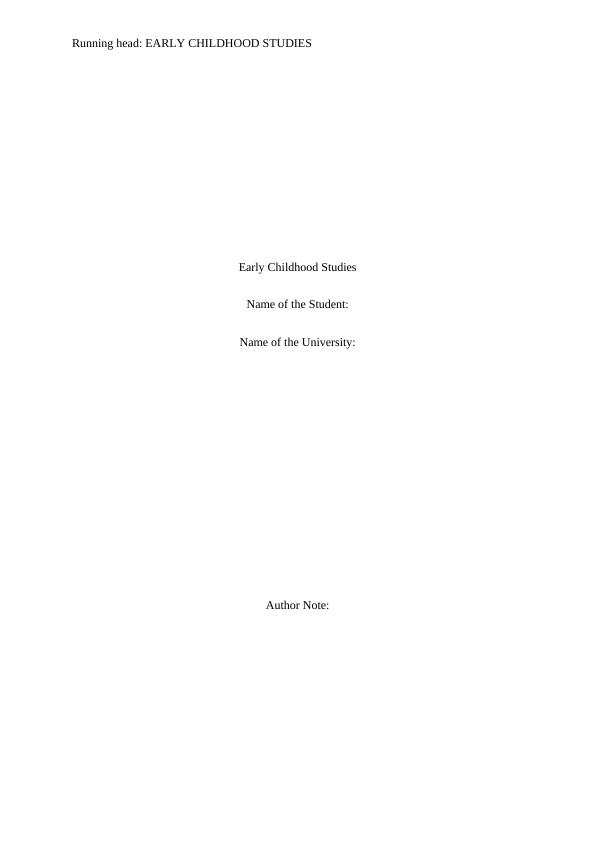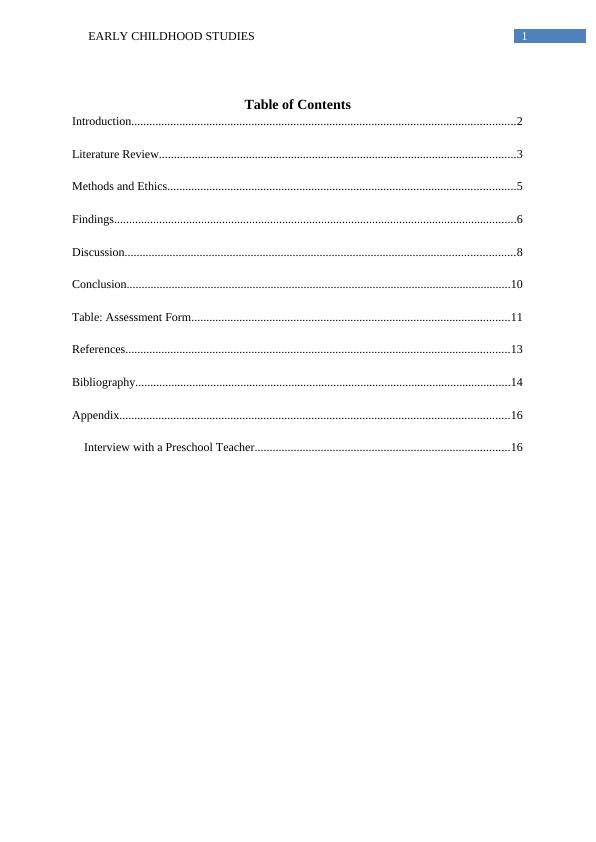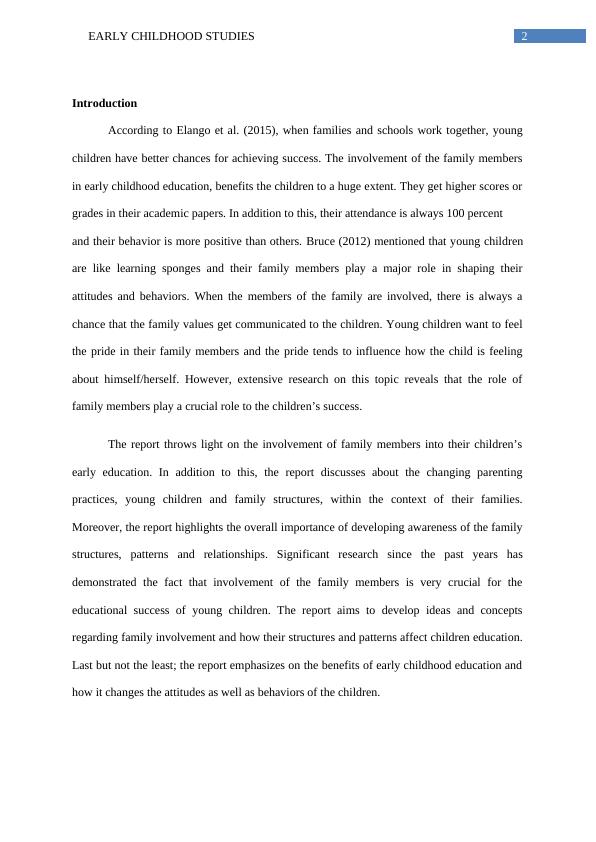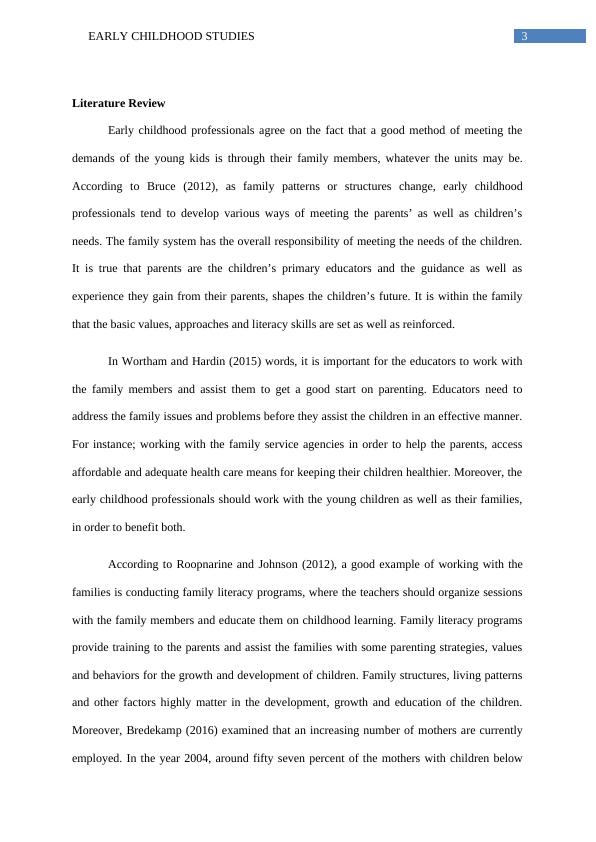Impact of Family Structures and Patterns on Children's Development and Education
Peer assessment form for the Children and Families module in the BA Early Childhood Studies program at Roehampton University.
18 Pages4511 Words434 Views
Added on 2023-06-14
About This Document
This report discusses the impact of family structures and patterns on children's development and education. It emphasizes the importance of parental involvement and support in early childhood education and highlights the role of educators in working with families. The study suggests that developing awareness of family structures, patterns, and relationships is crucial for the educational success of young children.
Impact of Family Structures and Patterns on Children's Development and Education
Peer assessment form for the Children and Families module in the BA Early Childhood Studies program at Roehampton University.
Added on 2023-06-14
ShareRelated Documents
End of preview
Want to access all the pages? Upload your documents or become a member.
Importance of Early Childhood Education and Parental Involvement
|17
|4443
|190
Importance of Sense of Community or Belonging in Early Childhood Education
|10
|2740
|425
Transition from Home to Early Childhood Education and Care Setting
|8
|1923
|184
Early Childhood Education in Australia
|11
|2483
|391
How Parents and Family Can Contribute Directly to Early Childhood Curriculum
|6
|981
|405
Key elements of the Framework’s policy on parent and community partnerships
|5
|888
|192




